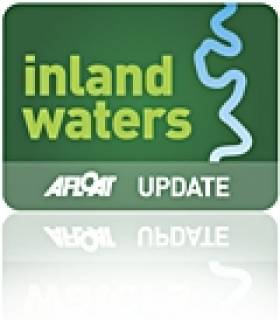Displaying items by tag: power boat racing championships
Lough Derg hosts European P750 Power Boat Racing Championship
The long haul race will take place on Fri 22nd. Oct and the course will take the craft into Youghal and Scarriff Bays with the finish at Two Mile Gate. Normal rules of navigation as set out in the Shannon Navigation bye-laws will apply at all times to all craft.
Surf and Circuit races will take place at Two Mile Gate on Sat 23rd. and Sun 24th Oct.
Masters are requested to note the advice and instructions of safety craft associated with this event when in the vicinity of Two Mile Gate.
Waterways Ireland thanks its customers for their co-operation in this Waterways Ireland sponsored event.
Please find Official Marine Notice attached below.























